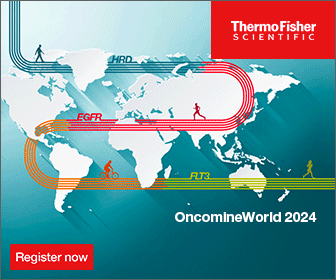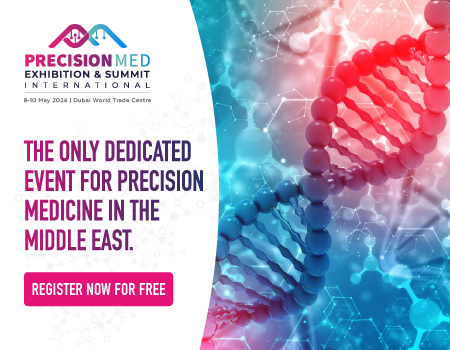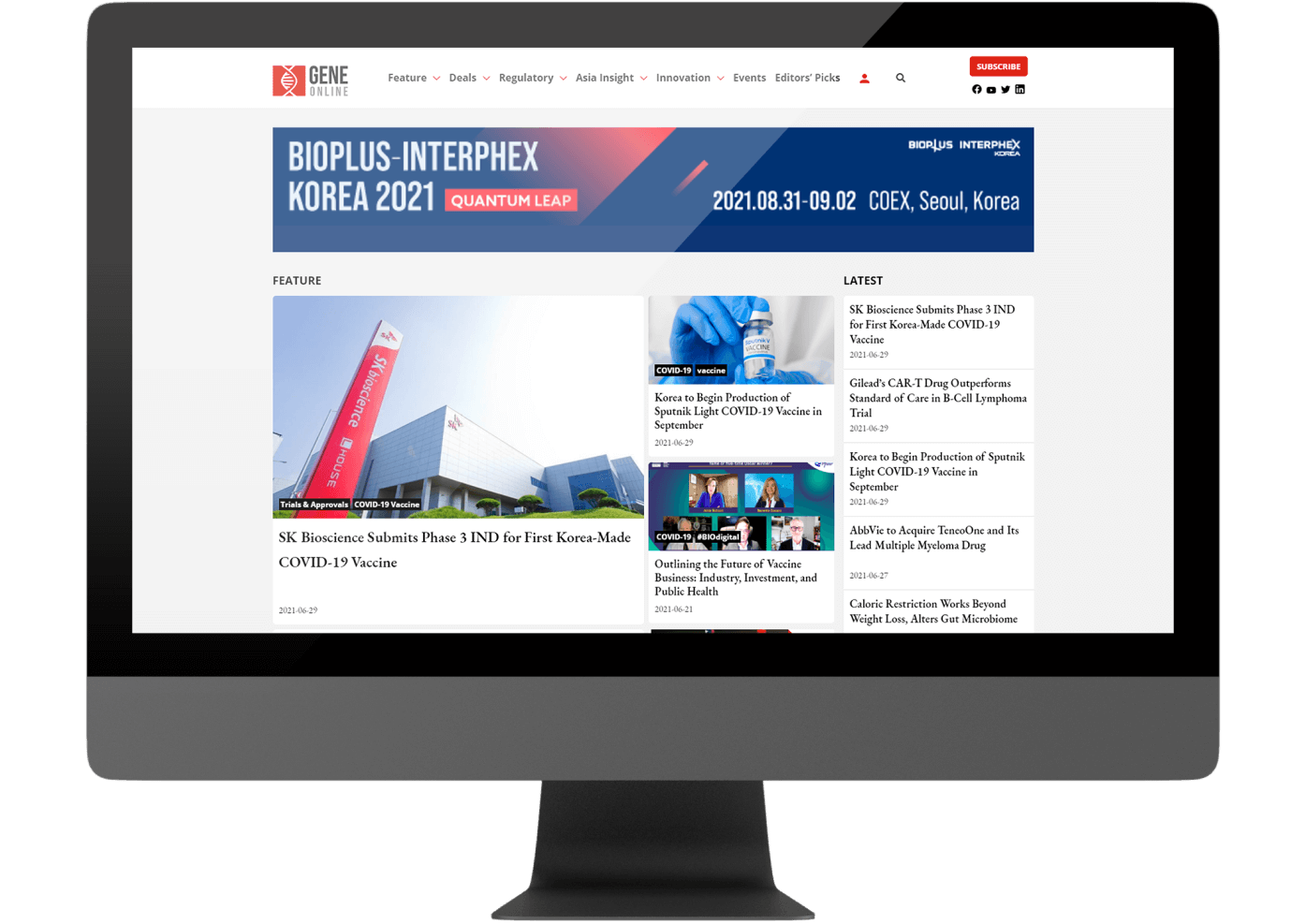Harvard Spinout Bags $1.8 Billion Worth Gene Therapy Deal with Roche
By Ruchi Jhonsa, Ph.D.
Gene therapy has long been heralded as a game-changer in the battle for genetic diseases. However, accurately delivering it to the affected organ has puzzled scientists and medics for long. Traditionally, scientists have used naturally occurring adenovirus-based vectors (AAV) for delivering the therapy to tissues because of their established ability to deliver genetic material with a proven safety profile. However, naturally occurring AAV’s have limited cargo-carrying volume and small target range. Topping that, a major chunk of the human population is immune to the virus, making therapy ineffective in this population.
Gene Therapy Spinout
Addressing these major limitations, Dyno therapeutics, a spinout from George Church’s lab is building an army of multi-functional disease-specific AAV vectors with features like larger cargo space, better immune resistance, and highly efficient targeting and specificity that could bring a paradigm shift in the development of gene therapies.
Dyno emerged from stealth mode this year in May after a two-year hiatus launching its proprietary artificial intelligence platform CapsidMap and entering into contracts with Sarepta and Novartis for testing its newly launched platform on muscle and ocular disease targets. While this news was still setting in, Dyno entered the third collaboration on October 14th with Roche/Genentech for developing AAV vectors targeting brain and liver diseases listed in Roche and Spark Therapeutics’ portfolio.
According to the deal, Dyno will design novel AAV capsids with improved properties for Roche, which will eventually use these capsids for developing gene therapies targeting brain and liver diseases. Once Dyno hands over the design, its responsibility ends there and further activities including preclinical and clinical studies and commercialization activities will be conducted by Roche and Spark Therapeutics. For this work, Dyno will receive an undisclosed upfront payment and other payments during the research phase of the collaboration along with royalties and milestone payments on the drug’s success. The aggregate potential value of the milestone payments may exceed $1.8 billion according to the statement.
Dyno’s Machine Learning Approach to Solving the Problem
While it takes time for startups to find their place in the elite circle of marquee players, Dyno has already achieved this feat in mere 5 months. Clearly, there is something about Dyno’s products that are attracting big players to the company.
At the molecular level, Dyno is uniquely approaching the limitation of naturally occurring AAV’s by genetically modifying what is called Capsids or protein shells of the virus that enclose the genetic material of the organism.
With a systematic approach, the company has made a complete landscape of all single codon substitutions, insertions, and deletions on the AAV capsid. Further, in pooled experiments, it tested the therapeutic properties of millions of capsids together. Using this data, the company trains machine-learning models to predict the function of new capsid sequences circumventing the need for doing wet-lab experiments every time a new sequence is produced. Several rounds of experimentation with model training optimize the platform to produce vectors with desired properties including in vivo delivery efficiency and specificity, immune evasion, packaging size, and manufacturability.
What to Expect in the Future?
Dyno currently has the capacity to screen hundreds of thousands to millions of capsids and test them both in vitro and in vivo. Still, the plan is to scale up the infrastructure both on experimental and computational fronts so that many more AAV’s can be churned out in a short period of time. Collaboration with pharma giants is the first step towards expansion and which the CEO of the company, Eric Kelsic, also believes when he said, “Partnering is a fundamental element of Dyno’s business strategy, and the continuing interest by leading gene therapy developers is accelerating our growth plans and positive impact in patients.”
The impact of this approach is tremendous, which has attracted many other players to join the league. 4DMT, Adverum Biotechnologies, Taysha Gene therapies, and Asklepios BioPharmaceuticals-screen large libraries to identify capsids with improved properties over the naturally existing ones.
In March, Affinia Therapeutics raised $60 million in Series A funding to advance its AAV platform. A month later, the company signed a deal with Vertex pharmaceuticals to engineering AAV capsids to treat Duchenne muscular dystrophy, myotonic dystrophy type 1, and cystic fibrosis.
The impact of a technology that Dyno is building is huge. Pharma companies spend years researching gene therapy. When that fails in clinical trials because of inappropriate delivery vectors, it wastes time and money and delays developing a suitable therapy by years. While Dyno’s approach might not churn out a candidate immediately, it surely is the quickest way to deliver gene therapy to patients.
References
©www.geneonline.com All rights reserved. Collaborate with us: service@geneonlineasia.com









